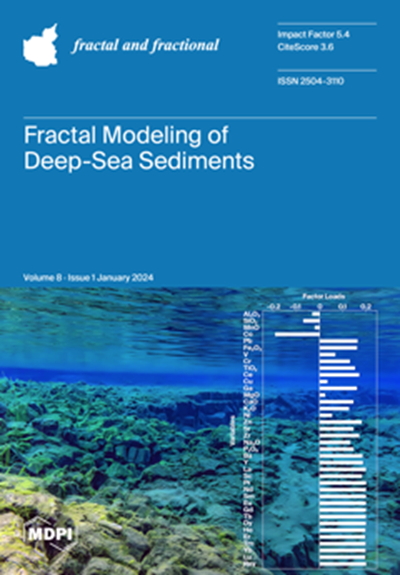Phase Synchronization and Dynamic Behavior of a Novel Small Heterogeneous Coupled Network
IF 3.3
2区 数学
Q1 MATHEMATICS, INTERDISCIPLINARY APPLICATIONS
引用次数: 0
Abstract
Studying the firing dynamics and phase synchronization behavior of heterogeneous coupled networks helps us understand the mechanism of human brain activity. In this study, we propose a novel small heterogeneous coupled network in which the 2D Hopfield neural network (HNN) and the 2D Hindmarsh–Rose (HR) neuron are coupled through a locally active memristor. The simulation results show that the network exhibits complex dynamic behavior and is different from the usual phase synchronization. More specifically, the membrane potential of the 2D HR neuron exhibits five stable firing modes as the coupling parameter k1 changes. In addition, it is found that in the local region of k1, the number of spikes in bursting firing increases with the increase in k1. More interestingly, the network gradually changes from synchronous to asynchronous during the increase in the coupling parameter k1 but suddenly becomes synchronous around the coupling parameter k1 = 1.96. As far as we know, this abnormal synchronization behavior is different from the existing findings. This research is inspired by the fact that the episodic synchronous abnormal firing of excitatory neurons in the hippocampus of the brain can lead to diseases such as epilepsy. This helps us further understand the mechanism of brain activity and build bionic systems. Finally, we design the simulation circuit of the network and implement it on an STM32 microcontroller.一种新型小型异构耦合网络的相位同步与动态特性
研究异质耦合网络的放电动力学和相同步行为有助于我们理解人类大脑活动的机制。在这项研究中,我们提出了一种新的小型异构耦合网络,其中二维Hopfield神经网络(HNN)和二维Hindmarsh-Rose (HR)神经元通过局部有源记忆电阻器耦合。仿真结果表明,该网络表现出复杂的动态行为,不同于一般的相位同步。更具体地说,随着耦合参数k1的变化,二维HR神经元的膜电位呈现出五种稳定的放电模式。此外,发现在k1的局部区域,随着k1的增加,爆燃的尖峰数增加。更有趣的是,随着耦合参数k1的增加,网络逐渐由同步变为异步,但在耦合参数k1 = 1.96附近突然变为同步。据我们所知,这种异常的同步行为与现有的发现不同。这项研究的灵感来自于这样一个事实,即大脑海马体中兴奋性神经元的偶发性同步异常放电可以导致癫痫等疾病。这有助于我们进一步了解大脑活动的机制,并建立仿生系统。最后,设计了网络仿真电路,并在STM32单片机上实现。
本文章由计算机程序翻译,如有差异,请以英文原文为准。
求助全文
约1分钟内获得全文
求助全文
来源期刊

Fractal and Fractional
MATHEMATICS, INTERDISCIPLINARY APPLICATIONS-
CiteScore
4.60
自引率
18.50%
发文量
632
审稿时长
11 weeks
期刊介绍:
Fractal and Fractional is an international, scientific, peer-reviewed, open access journal that focuses on the study of fractals and fractional calculus, as well as their applications across various fields of science and engineering. It is published monthly online by MDPI and offers a cutting-edge platform for research papers, reviews, and short notes in this specialized area. The journal, identified by ISSN 2504-3110, encourages scientists to submit their experimental and theoretical findings in great detail, with no limits on the length of manuscripts to ensure reproducibility. A key objective is to facilitate the publication of detailed research, including experimental procedures and calculations. "Fractal and Fractional" also stands out for its unique offerings: it warmly welcomes manuscripts related to research proposals and innovative ideas, and allows for the deposition of electronic files containing detailed calculations and experimental protocols as supplementary material.
 求助内容:
求助内容: 应助结果提醒方式:
应助结果提醒方式:


